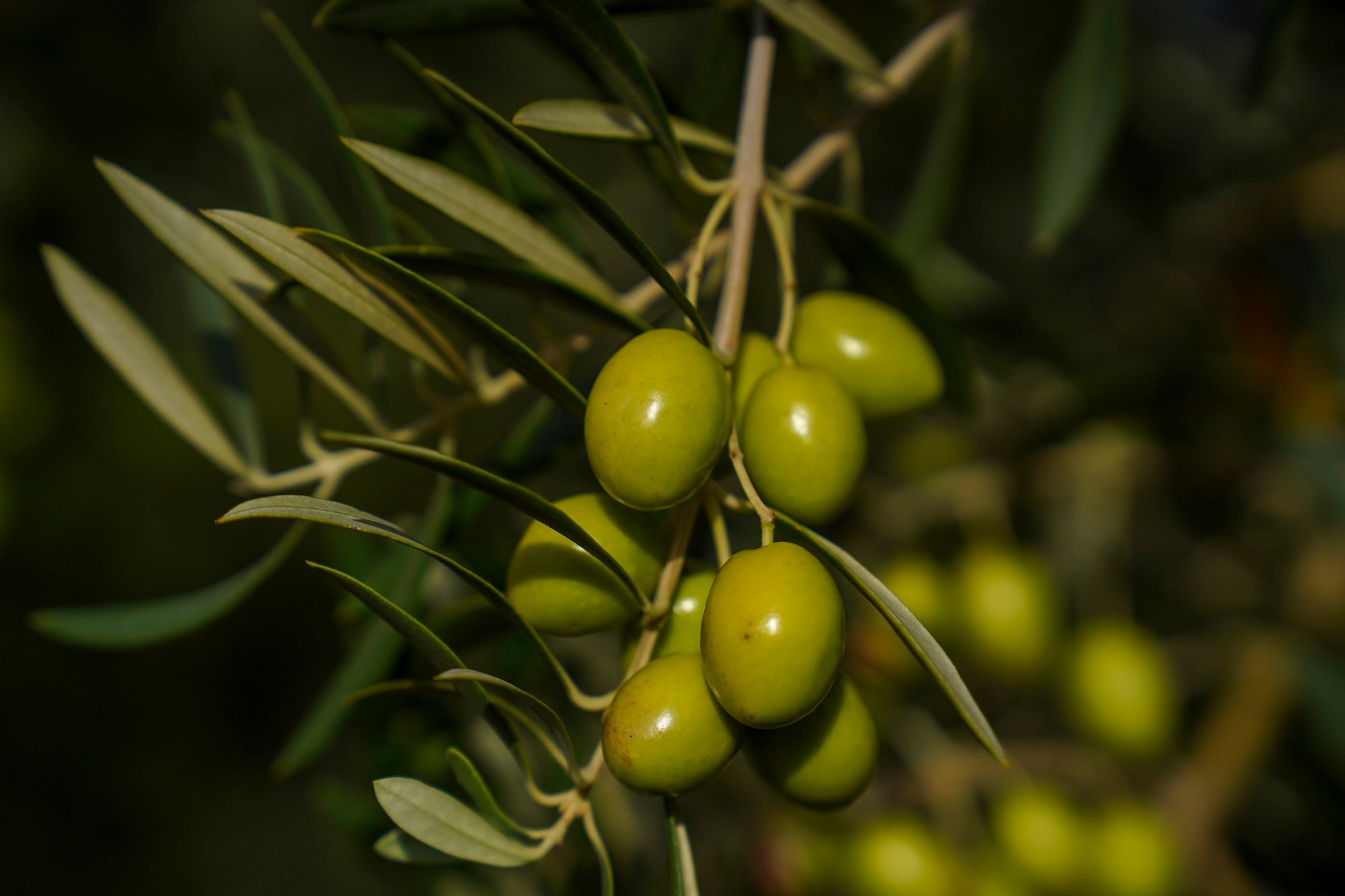Rows of tightly packed olive trees stretch across California's Central Valley. These super-high-density orchards, where trees are planted close together for faster, mechanized harvesting, can grow strong with less fertilizer than expected, according to new research from the University of California, Davis.
The study, published in the journal Agronomy for Sustainable Development, tested how different levels of nitrogen fertilizer and compost affected tree growth, yield and olive oil quality. The two-year field experiment, conducted with local growers in Woodland and near Stockton, found that olive trees produced the same yields and high-quality oil even when using 25% to 50% less nitrogen fertilizer than recommended amounts for traditional orchards.
Andrew Curtright, lead author of the study and postdoctoral scholar with the Department of Land, Air and Water Resources, said this key finding suggests olive growers can use less fertilizer without compromising productivity.
"We have a lot of opportunities in California to grow olives sustainably," Curtright said. "With our healthy soils and appropriate nutrient management, we can get a good olive crop with high-quality olive oil without having to worry about applying so much nitrogen."
Compost and soil health
Compost also played a helpful role. Adding compost made from yard trimmings and food scraps helped trees absorb more nitrogen from fertilizer in the first year. Curtright said it brings other long-term advantages like boosting soil structure and reducing runoff, which could make it a useful tool for keeping nitrogen in the soil longer and reducing waste.

"We found that compost actually improved the nutrition of the olive trees and reduced greenhouse gas emissions," Curtright said. "So, wins all around."
Researchers used a special tracing method to track fertilizer nitrogen inside the trees. They found that about one-third of the nitrogen in the leaves, fruit and stems didn't come from fertilizer. It came from the soil and from nutrients the trees had stored from previous years.
"We found that the vast majority of the nitrogen that the olive tree needed actually came from the soil," Curtright explained. "We want to dig into that and try and figure out why and what are the dynamics that allow the soil to provide that nitrogen. We also need to think about how we replenish it and build it back up."
Curtright hopes to pursue those questions, as well as examine various cultivars to see which olive varieties would be best suited for super-high-density orchards, in the next phase of research.
The research team also included Savannah Haas from UC Davis and Xia Zhu-Barker, who was an associate researcher at UC Davis during the project and is currently with the University of Wisconsin-Madison. The project was supported by a grant from the California Department of Food and Agriculture Specialty Crop Block Grant program, which receives funds from the U.S. Department of Agriculture.






